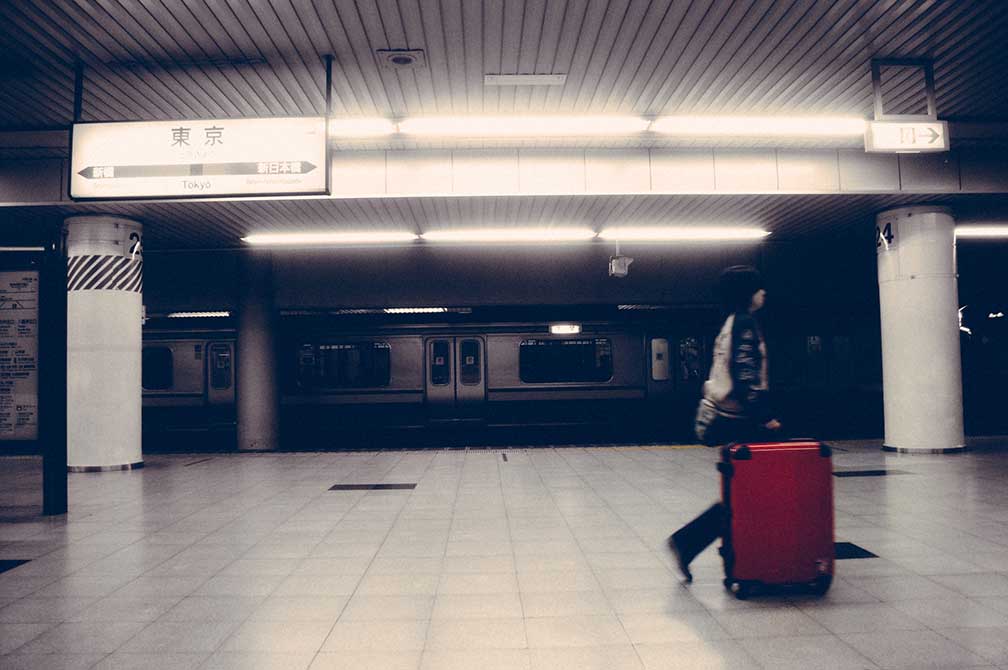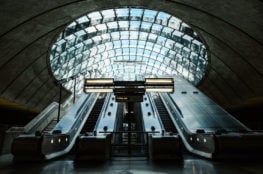There’s something magical about watching a country unfold slowly through a train window. I learned this firsthand during three weeks in Japan last spring, when I decided to get a JR Pass and see how much ground I could cover using only trains. What started as a practical transportation decision turned into one of the most immersive travel experiences I’ve ever had.
The photo above captures exactly what I mean. This is Tokyo Station at rush hour, but instead of feeling chaotic, there’s this incredible sense of order and purpose. Everyone knows where they’re going, the trains run exactly on time, and there’s a rhythm to it all that you can only appreciate when you’re part of the system rather than just passing through it.
I spent my first week just getting comfortable with the Tokyo metro system before venturing out to other cities. The efficiency is mind-blowing. Trains arrive every few minutes, doors open and close with precision, and somehow millions of people move through this network every day without it feeling overwhelming. Compare that to flying, where you spend half your time in airports and the other half cramped in a seat with no view.
The real magic happened when I started taking the longer routes. The shinkansen from Tokyo to Kyoto gives you Mount Fuji views that no airplane window could match. The journey becomes part of the destination rather than just a necessary evil to get there. I found myself looking forward to the travel days as much as the arrival cities.
Train travel forces you to slow down in the best possible way. Instead of the jarring experience of stepping off a plane into a completely different place, you gradually transition between regions and cultures. On the route from Kyoto to Hiroshima, I watched the landscape change from urban density to rural farmland to coastal views, each shift preparing me for what was coming next.
What surprised me most was how much I learned about Japanese culture just by observing train etiquette. The way people queue perfectly at platform markings. How conversations happen in whispers, if at all. The elaborate system of priority seating for elderly passengers. These small behaviors revealed more about social values than any guidebook could explain.
I started keeping a travel journal specifically for train observations. The businessman who fell asleep precisely ten minutes after departure and woke up exactly at his station. The grandmother teaching her granddaughter origami during the two-hour ride to Osaka. The way station vendors somehow managed to serve hot food through train windows during brief stops.
The night trains were a revelation too. Falling asleep in one city and waking up in another, but with this gradual sense of movement and change rather than the teleportation feeling of air travel. The sleeper cars were tiny but ingeniously designed, and there’s something deeply satisfying about maximizing both travel time and sleep time.
By the end of those three weeks, I’d covered more of Japan than most tourists see in months of flying between cities. But more importantly, I felt like I’d actually experienced the country rather than just visited it. The train system wasn’t just transportation, it was a window into how an entire society organizes itself around efficiency, respect, and shared public space.
Now I’m planning my next train adventure through Europe. The idea of boarding a train in London and stepping off in Istanbul, watching the continent change gradually through the windows, feels infinitely more appealing than hopping between airports. Sometimes the journey really is more important than the destination.



